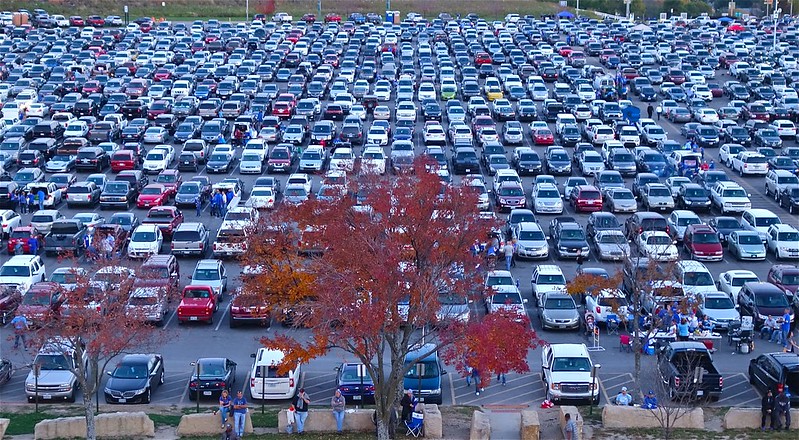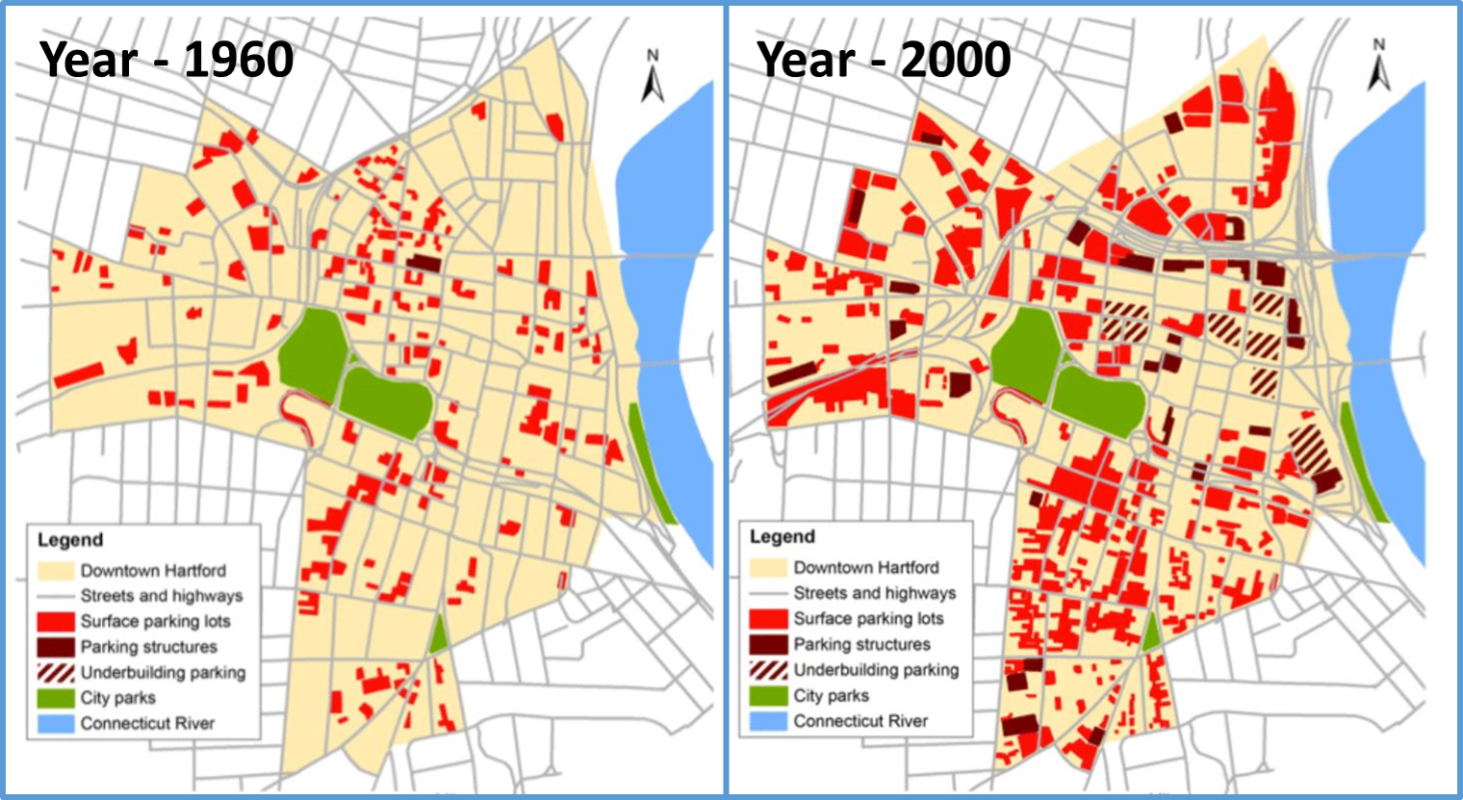 The United States has a parking problem. It’s not that there are too few parking lots. In fact, there are too many!
The United States has a parking problem. It’s not that there are too few parking lots. In fact, there are too many!
At the surface level, this may not seem like an issue. After all, cheap and freely available parking lots make it easy to find a secure space for your car.
However, this has led to an imbalance between parking spaces and the actual number of cars that can fill them. Across the country, there are 280 million cars…and about 2 billion parking spaces.
As cities in the U.S. and around the world attempt to go green, they are re-examining existing regulations on parking spaces. Let's take a closer look.
What is a Parking Minimum?
Parking Minimums are regulations that require that developers provide a minimum number of parking lots when building new infrastructure.
The first parking minimum was put into effect in 1923 for an apartment building in Columbus, Ohio. As cars became more accessible to the general public, developers began to reshape entire neighborhoods around ease of commuting. For instance, each apartment built would require at least one parking space. For restaurants, one per 100 square feet; for commercial developments, one per 300 square feet.
These rules may seem sensible enough, but others are more arbitrary. Bowling alleys in Seattle, for example, were once required to have five spaces per lane!
The Rise of Car Counties
 As cars became more accessible to the general public, they also gave rise to the classic suburban neighborhoods, with newer developments appearing a distance away from the city.
As cars became more accessible to the general public, they also gave rise to the classic suburban neighborhoods, with newer developments appearing a distance away from the city.
As a result, cars became a necessity instead of a privilege, and valuable public lands were used to build roads and freeways. With parking minimums, concrete lots and parking garages have engulfed acres of land. In fact, about 40% of land in Los Angeles County is dedicated to cars. In one particularly striking example, a study found a ratio of 27 parking spaces for every house in Jackson, Wyoming.
Parking minimums essentially structure cities around cars, encouraging residents to drive even shorter distances. In 2017, almost 60% of car trips were under six miles!
Parking minimums are not exclusive to the US, as other countries in Europe and Asia have adopted similar tactics in urban planning.
Redesign Cities For People
Opponents of parking minimums argue this sea of parking lots reflects our dependence on cars. This takes away from what could be more affordable housing, larger community spaces, and adequate space for pedestrians and cyclists.
Besides, parking lots are costly to construct and use materials like concrete that contribute to greenhouse emissions. The more necessary cars are for one’s daily commute, the more cars there will be. In California, gas-powered vehicles contribute more than 50% of the state’s total carbon emissions.
According to the Parking Reforms Network, at least 37 cities across the U.S. have done away with parking minimums. Buffalo, New York, and Fayetteville, Arkansas are two cities that have rolled back parking minimums and begun redeveloping abandoned buildings into new community spaces. As a result, they have seen the downtown areas rebound, with shops and restaurants.
Outside of the US, cities like London, Paris, and Amsterdam have placed greater emphasis on pedestrian walkways and bicycle paths, reducing car usage and carbon emissions.
With a changing climate, our cities must adapt. As parking minimums are on their way out, new sustainable and livable ways of urban planning are on their way in.
Sources: Wired, Guardian, ITDP.org, Washington Post, Time, Bloomberg







